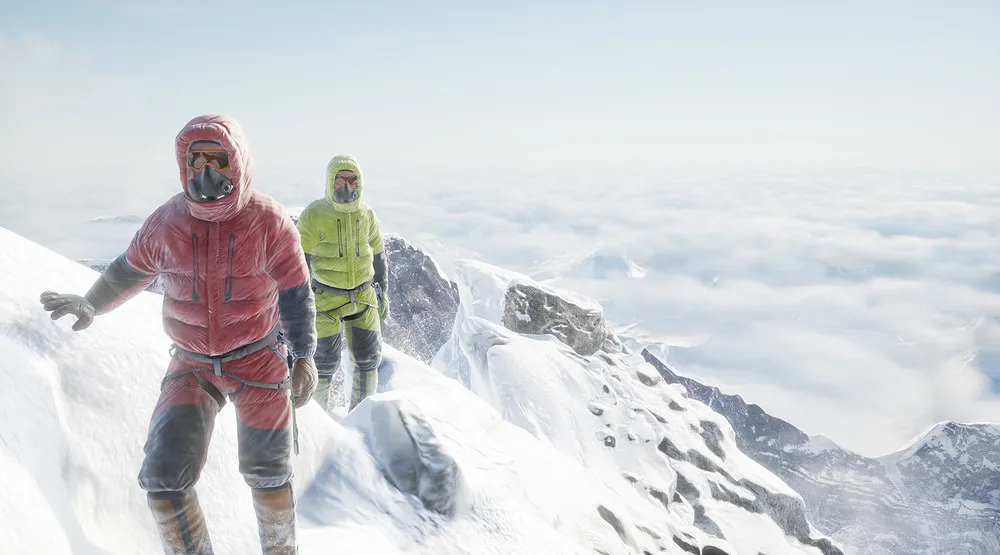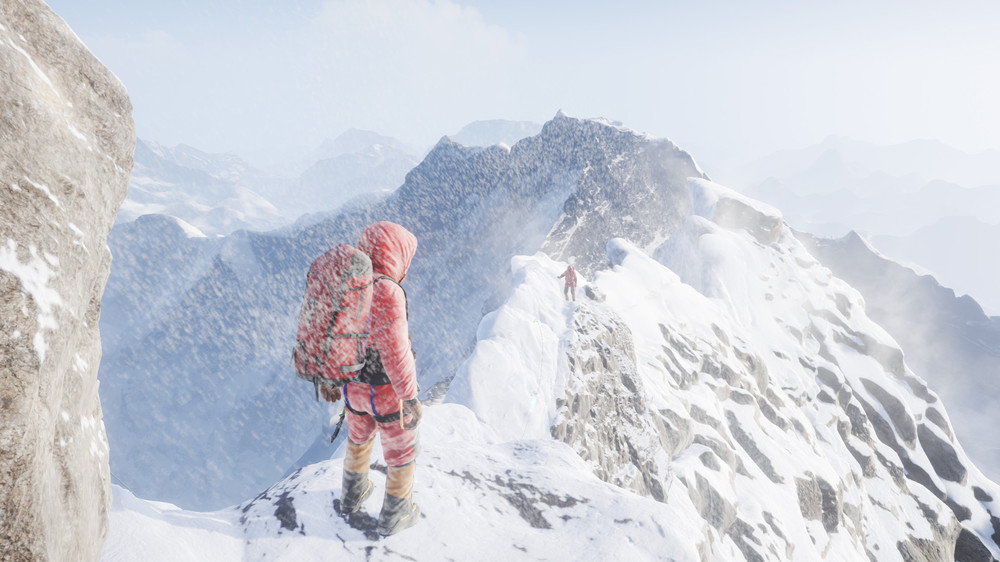Update: Solfar Studios today released Everest VR on Oculus Home for $14.99. The game features Touch controllers and new additions to God Mode, as detailed below.
Eight months on from its initial release on the HTC Vive and Solfar Studios’ Everest VR remains one of the most visually striking VR experiences. Stitched together using over 300,000 real photos, you won’t find a more realistic interactive digital rendition of the planet’s biggest mountain on Steam. Soon, you’ll find it on Oculus Home, too.
Everest VR‘s launch on the Rift is “imminent” with support for Oculus Touch, Solfar Business Development Director and Co-Founder Thor Gunnarsson confirmed to us today. Indeed, we’ve tried the game on Oculus’ tech and, yes, it works just like it did on the Vive, but there are a few new additions to both version that the developer is making to give players a bit more to check out. One of our primary criticisms about the original release was the lack of content, so anything extra comes as good news.
These new updates revolve around the game’s God Mode, the extra endgame component that allows you to view Everest from above as if you were, well, a god. As it is it’s a fun add-on, but Solfar is bringing new mountain trails to the experience, allowing you to trace historic climbs using a teleportation mechanic. That includes Edmund Hillary and Tenzing Norgay’s first ever successfully confirmed ascent of the mountain in 1953. It appears as a blue line that winds up the side of the mountain, and you can hook your teleportation reticle to it and follow the path yourself. There are about 18 treks to follow in total.
This also introduces the other major addition to God Mode: scaling. Taking a page from the book of Google Earth VR (Gunnarsson describes it as “Google Earth on steroids”), you can now scale yourself within God Mode, shrinking all the way down to 1:1 if you so desire. It’s actually possible to start at base camp at human size, and follow any trace up the mountain from start to finish, something that Gunnarasson jokes will take about two hours if attempted.
Hillary and Norgay’s path will also have a sort of VR museum mode, with diversions off to the sides of the path teaching more about their journey, complete with images they took along the way.
Oh and don’t worry Vive owners; all of this is coming to your version of the game too as a free update.
Rift’s release won’t be the last you hear from Everest VR; Solfar is still planning to bring the experience to PlayStation VR as well, and its looking to turn its attention back to its first announced game, Godling, too. Keep an eye out for the developer as the year goes on.






























